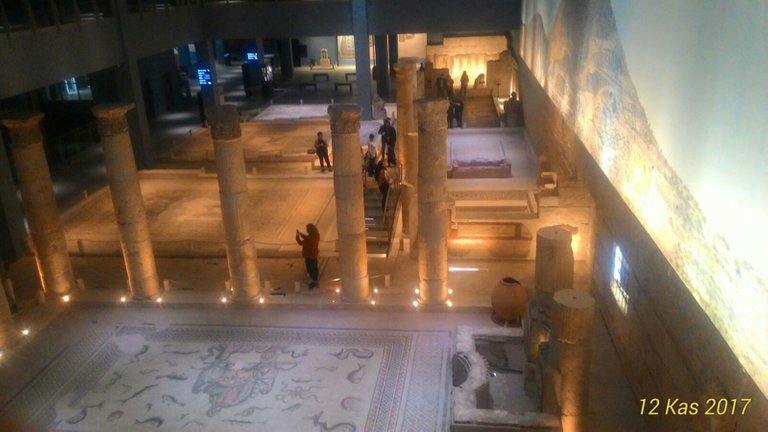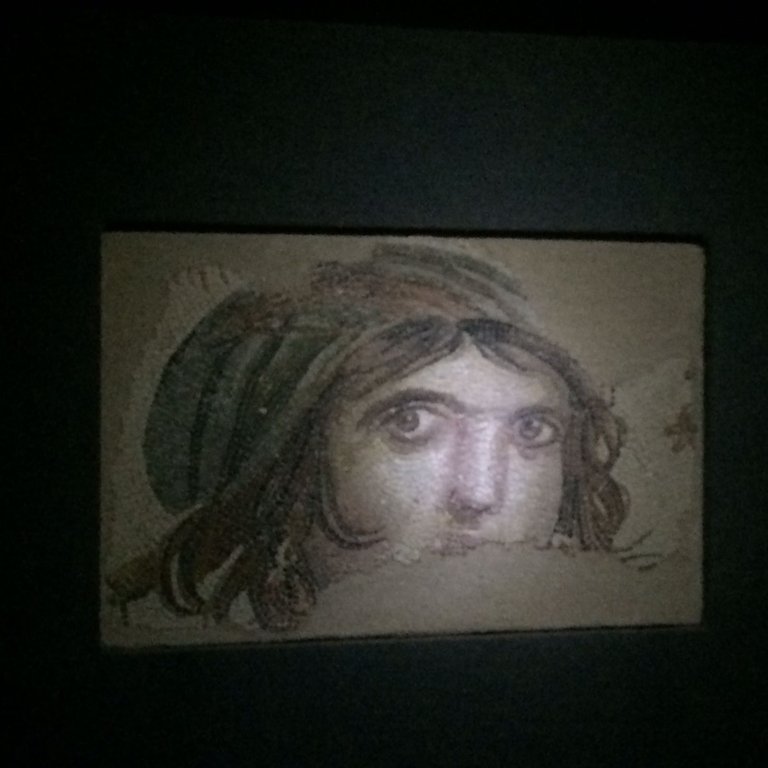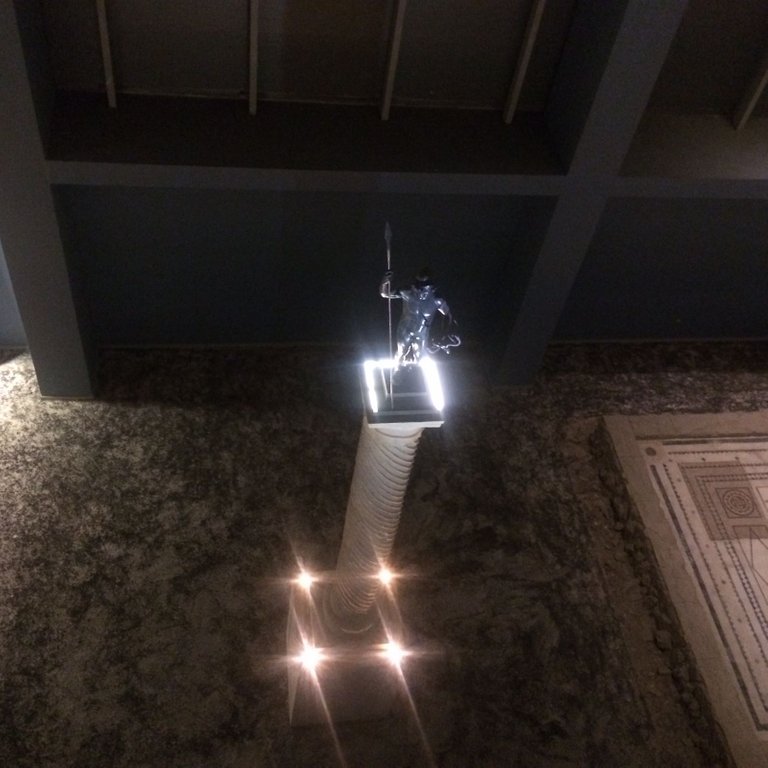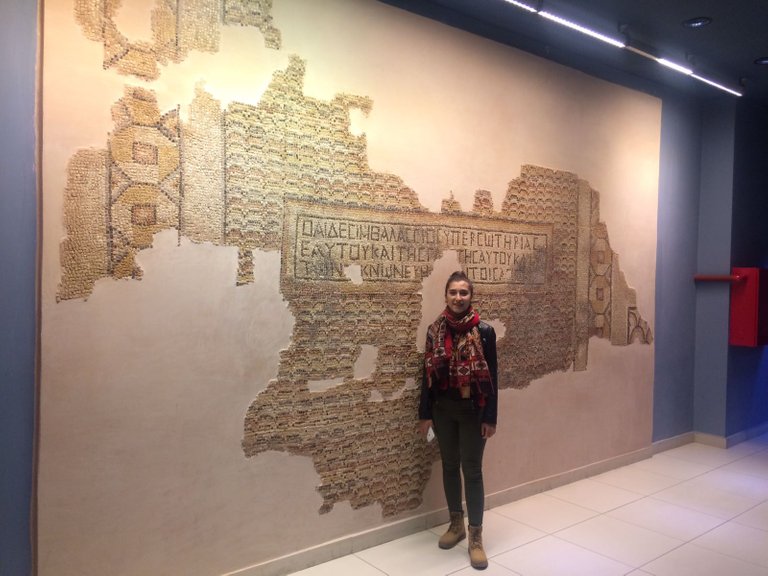
Hello, after 10 days I could finally come back. My exams finished and all my exams pass to very well. I can now produce content for steemit. Let’s start :)
Today, I visited Zeugma yesterday so I want to refers about Zeugma Museum.
The Poseidon and Euphrates villas, which were built as they were from the excavations, were arranged considering the mosaics, columns, original settlements and they were sunny 2000 years ago. The mosaics near the Euphrates are at the entrance, while those at the tops of the city are exhibited farther from the entrance.
Visitors to the museum welcome a stele, made of basalt stone in the name of King Antiochus, King of Commagene, and depicting Antiochus' thanks to the Greek god Heracles for coming to these lands. Since these figures are the first handshake scene on earth, there is a distinctive importance.
.jpeg)
Okeanos and Tethys Mausoleum: Oceanus and his wife, Tethys, who symbolize marine productivity, are framed by sea creatures, believed to be the creator of all the rivers and rivers in the world at the bottom of the shallow pool of Oceanus Villages. Ketos, a mythologically maritime monster, is also among them. This work, which includes Poseidon along with the sea gods Oceanos and Tethys, is a floor mosaic belonging to one of the villas' dining hall. Sea god mosaic.

Gypsy Girl (Mainad) Mosaic: The Gypsy Girl Mosaic, which was built in the 2nd century AD and became a symbol of the museum, is presented in a dark room in the Zeugma Mosaic Museum, so that it will not be damaged by light. The gender of the character in the Gypsy Girl's Mausoleum is not clearly known due to missing mosaic fragments but it is called Gypsy Girl when looking at its long hair and cube. The most important feature of Gypsy Girls' Mausoleum is that it looks like you are looking at it regardless of the angle you look at thanks to the technique used in its construction. The technique used by Leonardo Da Vinci in Mona Lisa is expressed in three quarter views.

.jpeg)
Bronze Mars Sculpture: One of the important works of the museum is MS. The War God performed in the 2nd century BC is a statue of Mars. The Romans said Mars (March) was the first month of the year. March is the month of war, and it is also the first month of the spring season. There is a perfect workmanship, which is the symbol of the spring season and the branches held by the other hand. The sculpture made with the lost wax technique was firstly prepared with a wax mold, after which a molten bronze was poured on it and it appeared with the disappearance of the wax. The sculpture is so perfect; the sculpture, which is a separate piece of hair, head, arms and legs, is thought to be monolithic from the outside. The sculpture at 1.45 meters in height is a square of a square placed on a 30 cm pedestal with a column at a height of 6.60 meters. Zeugma, MS. In 256 BC, the Sassanid King was rescued by hiding in the basement of the Poseidon Villa during the seizure of the 1st Chapel.

Perhaps all of the mosaics found in the Zeugma Mosaic Museum were prepared using natural stones, more precisely tessera, in the Euphrates. The two names that are the pioneers of this mosaic art, Samsat Zosimos and Kointos, are the creators of the works and arts they produce.
The entry fee for the Zeugma Mosaic Museum is 15 TL, but you can log in for free if you have a museum. Visits and hours of operation are similar to those of other businesses. The opening time of the museum, which is open every day of the week, is 09:00, the closing time is 19:00 in the summer season and 17:00
Congratulations @petrichor! You have completed some achievement on Steemit and have been rewarded with new badge(s) :
Click on any badge to view your own Board of Honor on SteemitBoard.
For more information about SteemitBoard, click here
If you no longer want to receive notifications, reply to this comment with the word
STOP